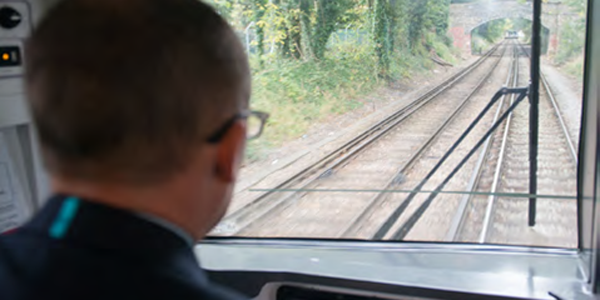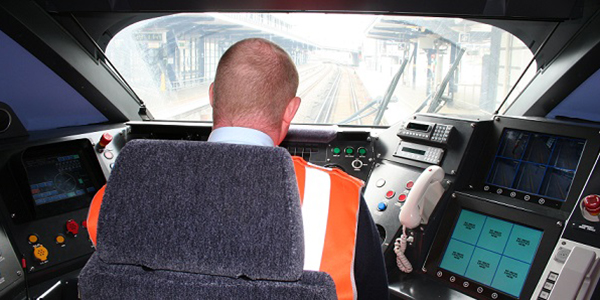There are many ways in which we can effectively support the musculoskeletal health of rail industry employees. We can identify MSD hazards that are present in job roles, and tasks, and subsequently identify where and how that risk can be minimised (prevention). We can provide line managers with the skills, attitudes and behaviours that enable them to support staff with MSDs through early intervention (enablement). We can also provide all staff with the knowledge and resources they need to manage musculoskeletal health, through internal reporting, good practice and referrals where necessary (management).
Currently, there is no consistent approach to the prevention and management of MSDs in the rail industry. In part, this is due to the rail industry having a multitude of different roles, each with their own risk profile. For example, the MSD risks for a train driver will be very different to those of a track worker, and different again for an office-based role. For some parts of the rail workforce, such as lone workers it is even harder to follow a singular approach to support and enable staff with MSDs to stay in work.
Furthermore, there is a lack of sharing good practice in the industry. Sharing good practice allows organisations to see where and how pockets of the industry have approached an MSD risk intervention to achieve a positive outcome. Good practice may provide individual long-term health benefits for staff, but it may also be about the wider safety and operational benefits to the business. This provides leverage for organisations to make reasoned decisions and create a robust business case for musculoskeletal health risk interventions.
Sharing good practice will help the industry be more efficient in its approach to MSDs, minimising the duplication of work and establishing common approaches. This library of case studies will grow over time and aims to capture good practice from across the rail industry, including train operators, freight operators, infrastructure companies and maintenance companies.





